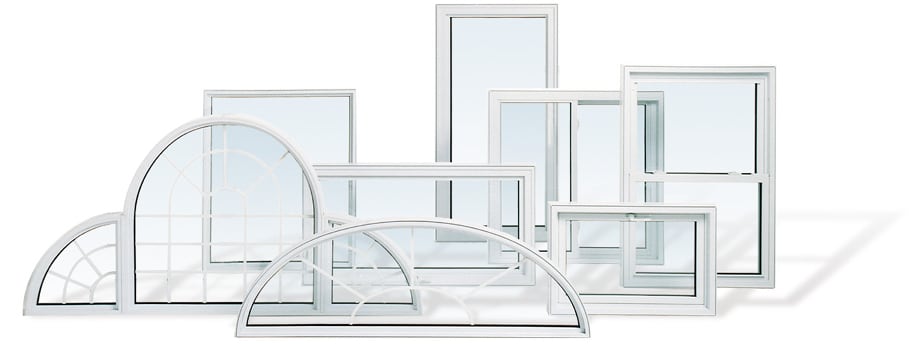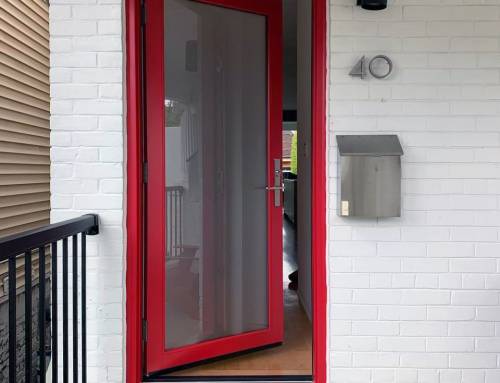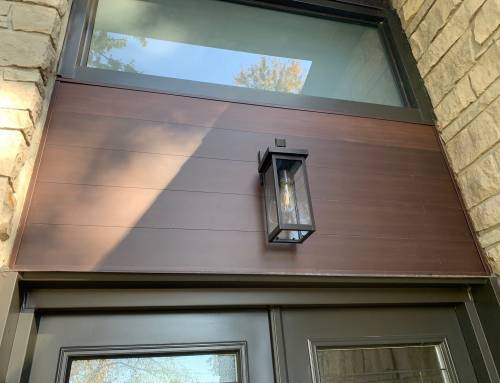Today we can’t imagine our life without standards. There are standards for virtually anything – from baby bottles to toys, from small to major household appliances, from windows and doors to buildings. Standards are certification guarantee that the product in question has been tested for safety and performance, thus it is safe to use and it will perform as described. Without these standards it would not only be very difficult to choose the right product that would accord with your needs, but it would also be dangerous to use such a product.
When it comes to window standards, many aspects are tested – energy efficiency (U-factor, R-value, visible transmittance, solar heat gain) and physical performance (air tightness, water tightness, wind load strength, resistance to forced entry). Each of these categories is represented by a range of values, which may be quite confusing for an uninformed customer. Windows can also be certified by an independent certifying agency. Certification is important as it guarantees that the product has been tested and verified in an accredited laboratory by a third party and will insure that the product will not be modified or changed after it has been tested.
Understanding the labels and knowing the industry standards for a particular product will greatly increase your chances of buying one that will satisfy your needs and meet your expectations. These standards will vary depending on the country, as well as the region that they are made for. As various factors are being considered while developing these standards, it is important to choose products that have been designed specifically for the region where you live. This is especially true for windows, because their performance may significantly differ depending on the weather conditions and other factors. So let’s see what window standards in Canada are like and which agencies are accredited to certify them.
Window certification standards in Canada
Energy performance. In Canada, the standard for energy performance is CSA A440.2. CSA stands for Canadian Standards Association – a non-for-profit membership-based organization, that develops standards for businesses, industries and the government. In Ontario, British Columbia and Nova Scotia testing windows for energy performance is mandatory. They should meet the minimum efficiency requirements. The categories usually tested are as follows:
U-value (or U-factor) – this value indicates the rate of heat transfer and usually falls between 0.20 to 1.20. The lower the U-factor, the slower is the heat transfer rate. Windows and doors with the lowest U-factor will significantly reduce your heating expenses.
R-value – this is a value opposite to U-factor. Though this factor is not a part of energy standard requirement, it can be seen on labels quite often. R-value reflects the resistance to heat transfer, thus, the higher is the value, the greater is the resistance.
Solar heat gain coefficient ( SHGC) – this value reflects the amount of sun’s heat passing through the windows. SHGC can be between 0 and 1. The lower the number, the better is the product at blocking the sun heat.
Visible transmittance (VT) is represented by number between 0 and 1. This is a ratio that indicates the amount of visible light (daylight) passing through the product. The higher the VT, the greater is the amount of daylight, passing through.
Physical performance. Another standard that is mandatory in Canada, is the CSA A440.0 – the standard for physical performance. In Canada, it is a requirement that all new windows be tested for their physical performance before being installed. Provincial and territorial minimum requirements for the physical performance vary depending on the climate and other factors. The windows are tested for the following categories:
Air tightness – this category is represented by values from A1 to A3, with A1 being least airtight and A3 being most airtight;
Water tightness – this category is represented by values from B1 to B7. The higher is the number, the more waterproof are the windows;
Wind load strength – this category is represented by values from C1 to C5;
Resistance to forced entry – F1 is the minimum level of resistance and F2 is the highest level of resistance.
NAFS
The standards above have been developed specifically for the products manufactured for the Canadian market. As different countries have different standards, a new, harmonized standard has been developed, which will be gradually replacing the Canadian ones. It is AAMA/WDMA/CSA 101/I.S.2/A440-08 NAFS – the North American Fenestration Standard that covers all kinds of windows and doors both in Canada and the United States. This Standard has been developed jointly by AAMA ( American Architectural Manufacturers Association), WDMA (Window and Door Manufacturers Association) and CSA ( Canadian Standards Association). According to it, windows and doors fall into several grades, each of which has its range of performance values. The following is the list of the performance grade and the corresponding values for windows:
R (20-100) – windows designed for single homes or townhouses usually fall within this range.
LC (30-100) – this grade is assigned to windows designed for low-rise buildings
CW (35-100) – this grade is for high-rise or commercial buildings
AW (45-100) – this grade is typically assigned to high-rise and commercial building windows
As NAFS does not measure some of the categories that are required by the Building Code of Canada (e.g. air tightness), a Canadian supplement – CSA A440S1-09 has been developed to be used together with NAFS.
Certification
It is important that certification be done by an independent third party to ensure the quality and sustainability of the product in question. Currently, there are a few agencies in Canada that are accredited to test and certify windows and doors:
CSA – Canadian Standards Association
ITS – Intertek Testing Services
QAI – Quality Auditing Institute Ltd.
NFRC – The National Fenestration Rating Council, the United States
Now, when you know what the various values on those window labels mean, you will be able to choose the very best windows for your home. And if you find the logo of one of these agencies on your windows, rest assured that you have chosen a product that has passed a rigorous testing and will meet and exceed your expectations.






Leave A Comment
You must be logged in to post a comment.